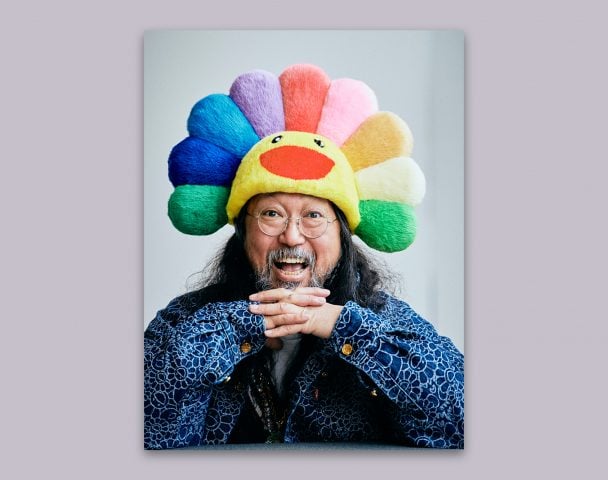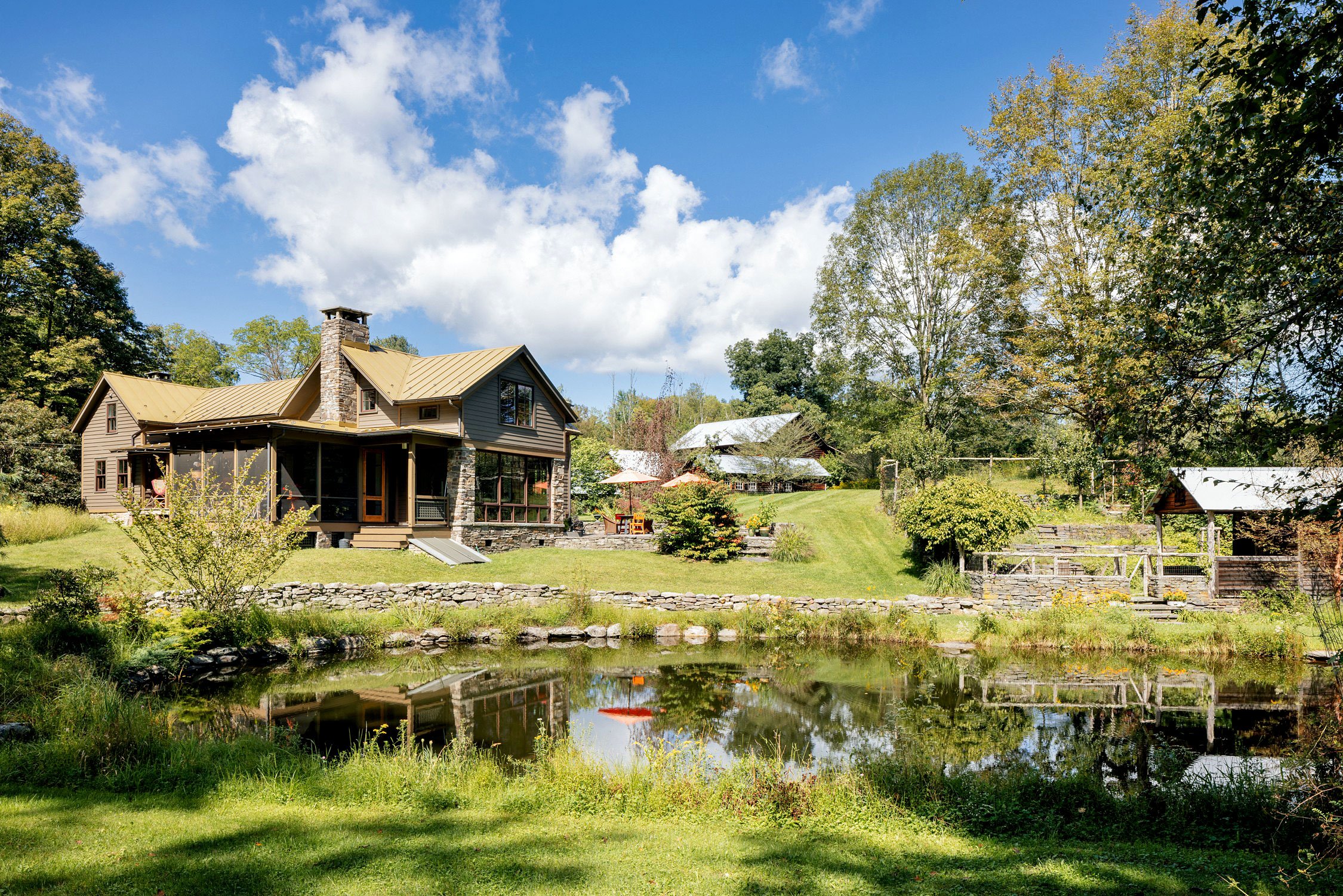Art & Exhibitions
Jane Austen’s Writing Tools and Treasures Shed Light on Her Creative Life in a New Show
The exhibition at Jane Austen's House marks the 250th anniversary of the author's birth.
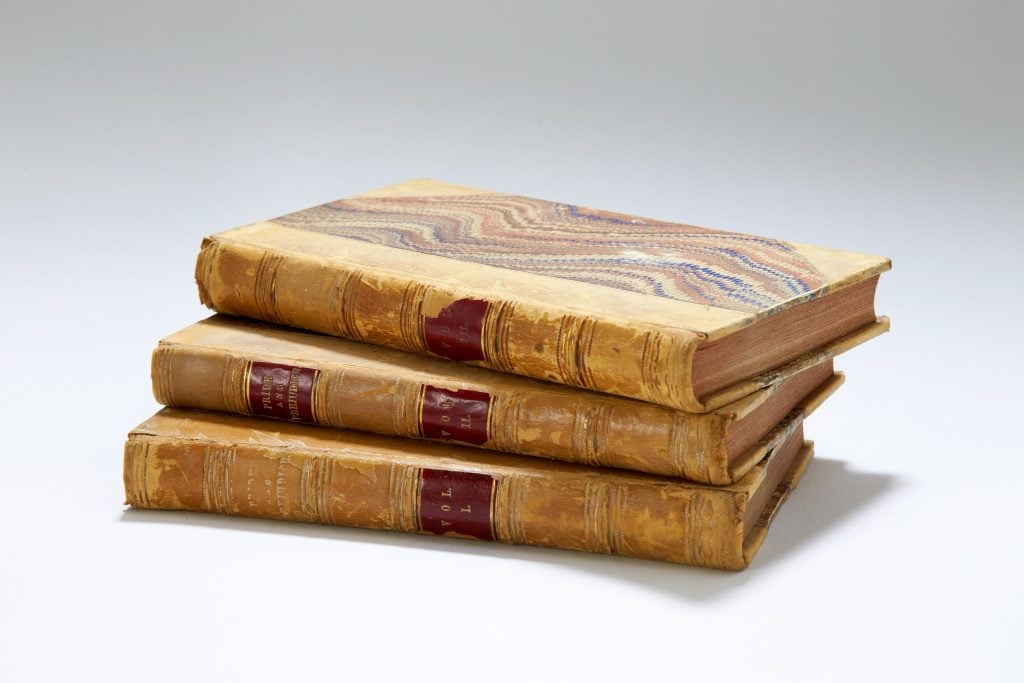
In Jane Austen’s 1814 coming-of-age novel Mansfield Park, Fanny Price, a young woman who learns to navigate high society when she moves into the estate of her aunt and uncle, receives an amber cross from her brother William, a navy officer who just returned from Sicily.
This detail, like many others in Austen’s work, is directly inspired by the author’s own life. Her brother Charles was a sailor, too, and would often bring back trinkets from his travels. Some of these trinkets—including a pair of topaz crosses gave to Austen and her sister Cassandra—are now on display at Jane Austen’s House, her onetime residence in Chawton, the U.K.
The museum’s newest exhibition, “Jane Austen and the Art of Writing,” opened on October 9. Included with general admission to the House, it explores the relationship between Austen’s writing—which aside from Mansfield Park includes such timeless novels as Emma, Pride and Prejudice, and Sense and Sensibility—and the domestic setting in which she wrote.
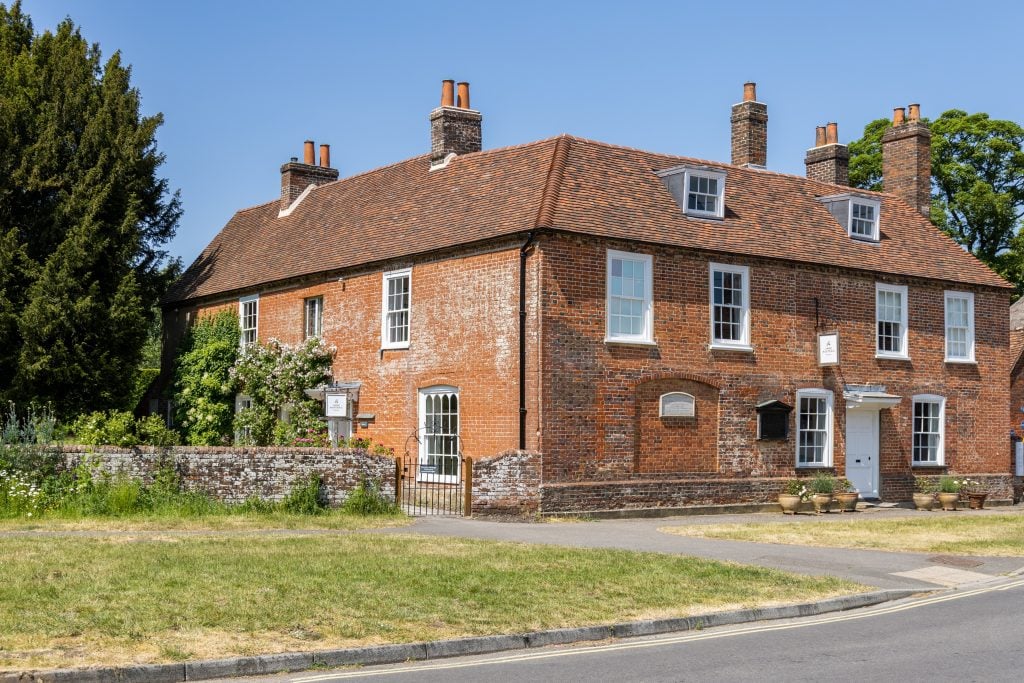
Jane Austen’s House in Chawton. Photo: Jane Austen’s House.
Aside from those aforementioned crosses, the exhibition features rarely seen first-edition copies of Austen’s novels, two of which belonged to her brothers Frank and Edward. Also featured are several of Austen’s letters, which, while not as famous as her full-fledged novels, display her skill as a writer and offer insight into her private life.
Being Jane Austen’s former residence, the museum also houses some of her favorite pieces of furniture, including a custom-made, 12-sided display case and a 12-sided writing table, the latter of which is now located in the building’s dining room. (According to the memoirs of Austen’s nephew James Edward Austen-Leigh, her desk used to be located in the sitting room, because its creaking door warned the author of approaching footsteps.)
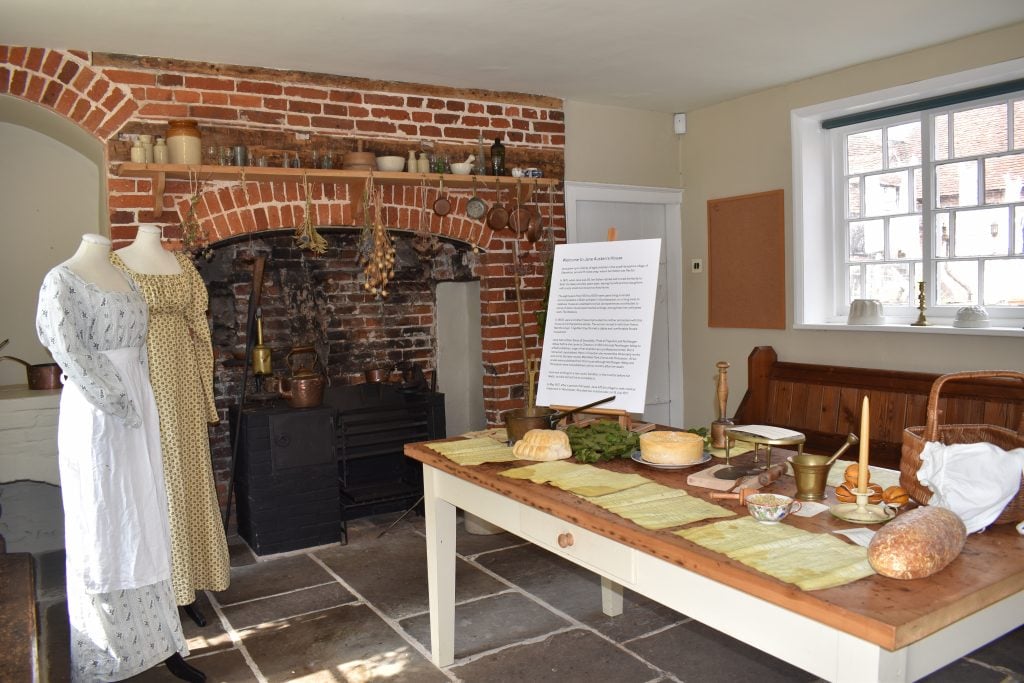
Jane Austen’s historic kitchen. Photo: Jane Austen’s House.
Items from the John Murray Archive at the National Library of Scotland shed light on Austen’s relationship with her publishers, John Murray and Thomas Egerton. A check made out to “Miss Jane Austin” [sic], taken from Murray’s account book, show that Austen, unlike female authors from previous centuries, did not write under a male or gender-neutral pen name.
“This exhibition is a deep dive into Jane Austen’s creative process,” Sophie Reynolds, the House’s head of collections, interpretations and events, said in a press release. “We hope that it will unlock a new way for our visitors to understand Jane Austen as a dedicated, driven and professional writer, and to explore how her life and living arrangements affected her writing in the very house in which she lived and wrote.”
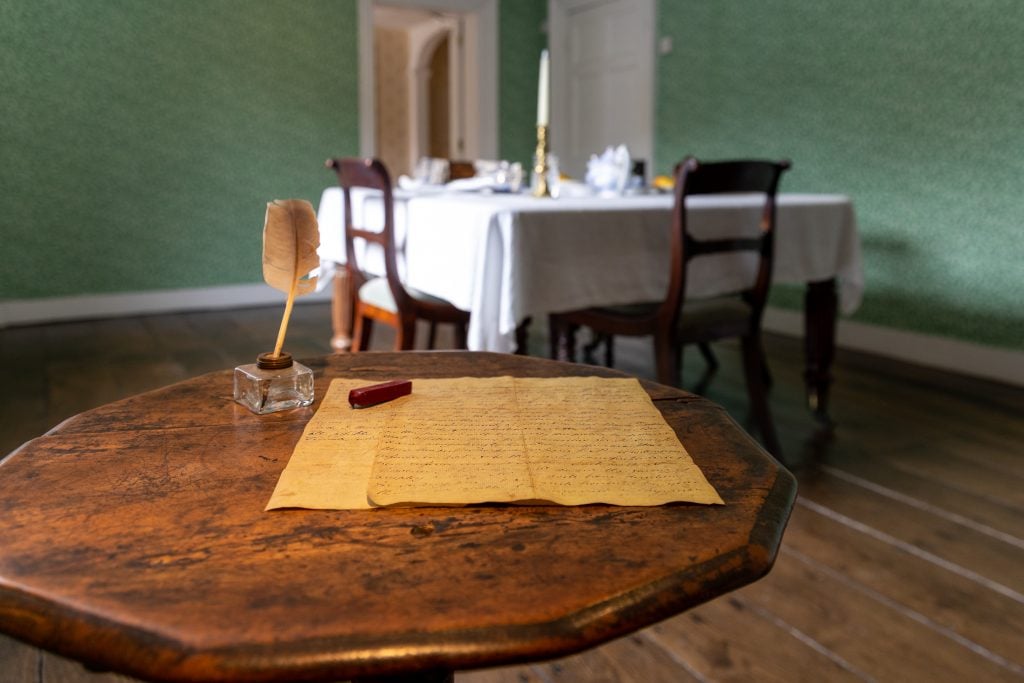
Jane Austen’s writing table. Photo: Luke Shears / Jane Austen’s House.
The show will lead the museum into the 250th anniversary of the legendary author’s birth. Throughout the incoming year, Jane Austen’s House will organize a variety of exhibitions, events, and festivals, starting with the annual Pride and Prejudice Day on January 28, which will include a public reading of the novel, and ending with musical performances, readings, and tours on December 16.
“Jane Austen and the Art of Writing” is on view at Jane Austen’s House, Winchester Rd, Chawton, Alton, U.K.


